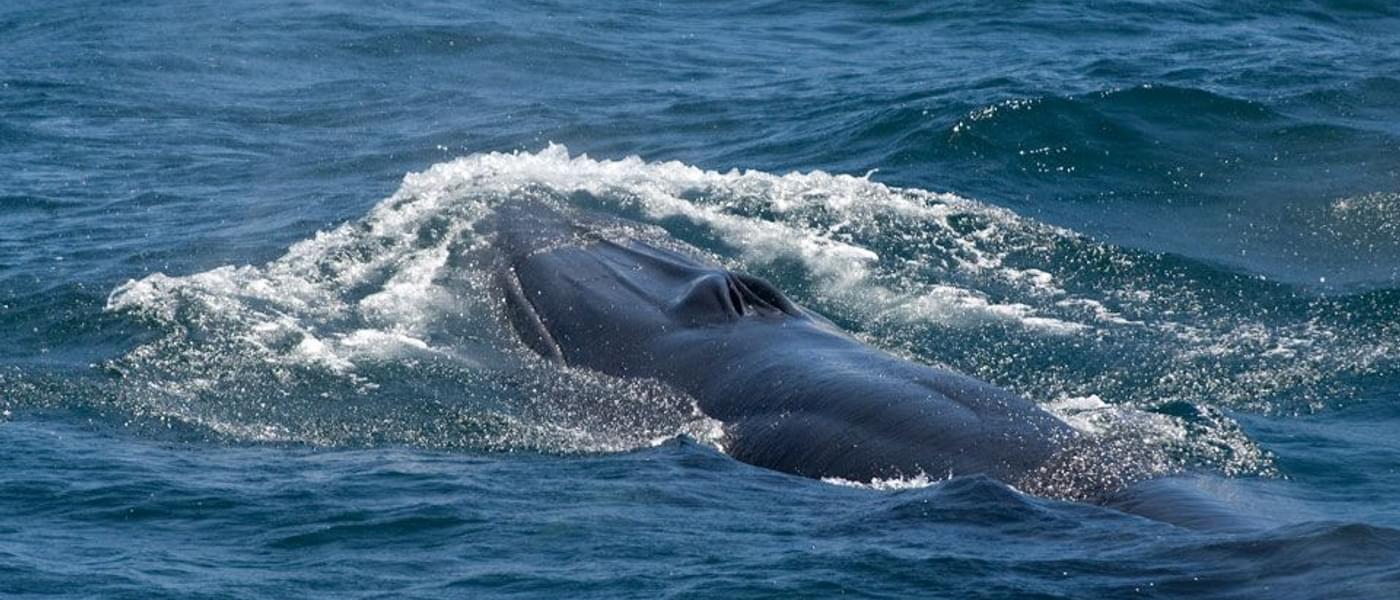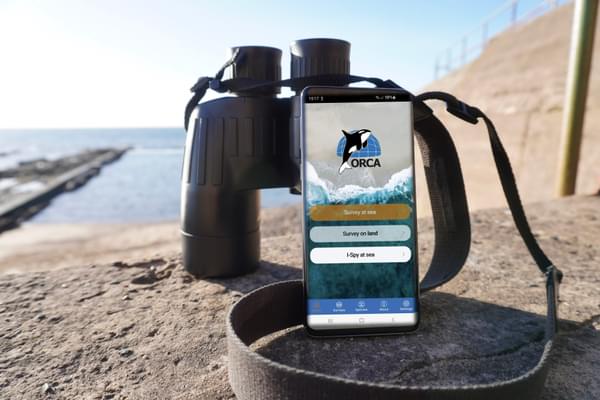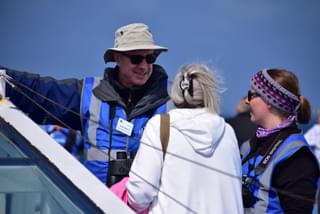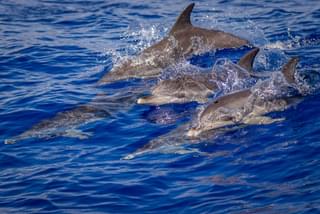Bryde's whale

Balaenoptera edeni
12 - 14m
Blue-grey
Baleen
Dorsal fin
The Bryde’s whale (pronounced ‘broo-does’) appears mottled in skin colouration with a slender body and blue-grey in colour. This species is very similar to the sei and fin whale, but three media ridges on the rostrum are diagnostic. Unlike the fin whale, both sides of the lower jaw are the same colour.
Key features
- Small, weak blow ~3m high
- Upright, sickle-shaped dorsal fin
- Three parallel ridges on the rostrum
- Arches tailstock without fluking
Behaviour
Bryde’s whales are typically seen alone, particularly when feeding. They are sometimes inquisitive and may approach boats. It has an irregular breathing pattern and will often blow quickly before diving. When surfacing between dives, the Bryde’s whale rarely shows more than the top of its head.
Threats
It is believed Bryde’s whales used to be hunted, and in 2000 the Japanese whalers started hunting them again for ‘scientific research’. Bryde’s whales are also threatened by noise and chemical pollution.
Distribution
Unlike most baleen whales, Bryde’s whales spend the whole year in tropical and subtropical waters, preferring waters that are over 20°C. They only make short migrations or none at all and rarely visit temperate or cold waters. There are separate inshore and offshore populations in other parts of the world differing slightly in appearance and behaviour.

Study whales and dolphins as an ORCA OceanWatcher
The ORCA OceanWatchers online training course, along with a bespoke app, will enable everyone to collect data about whales, dolphins and porpoises. And it can be collected from anywhere that you can see the sea - whether that’s from your local beach, on holiday at the coast, scanning the seas from a cruise ship, travelling via ferry, or from your own boat.
You may also be interested in




